For better or worse, fast food is a part of most North American diets — a quick, easy and inexpensive meal solution that fits those hectic lifestyles. But do we actually know anything about all those scary-sounding ingredients contained in the foods we’re eating? Here are 14 shocking ingredients commonly found in fast food that might make you do a U-turn the next time you’re at the drive-through.
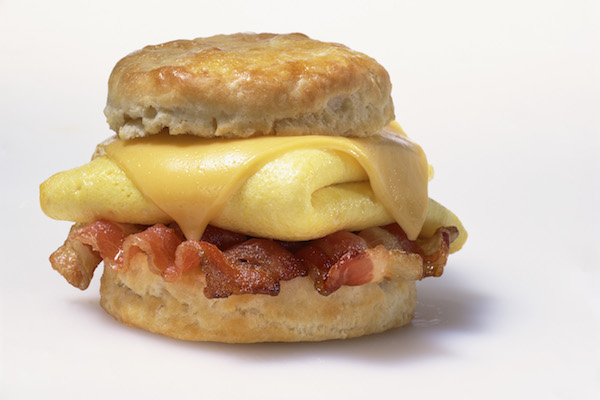
Propylene Glycol
Propylene glycol is a synthetic substance that absorbs water, and is often used as a commercial lubricant and is a key component in antifreeze and deodorant sticks. It’s also used in fast food as a solvent to make spice concentrates, as well as food colourings and flavourings and can be found in such foods as Subway’s breakfast sandwich and other fast-food items.

Sodium Nitrite
Sodium nitrite is a preservative that’s used to cure various deli meats and bacon, and is used as a colouring agent that can make old meat appear to look red and fresh. But be caution with how much red meat you intake at fast food chains, as a 2005 study found a link between sodium nitrite and pancreatic cancer.

Caramel Colouring
Everybody loves caramel! What could possibly be wrong about caramel colouring being added to food? Plenty, since the caramel colouring used as a fast food additive (it can be found in cola, Taco Bell’s meat filling and Wendy’s sweet and sour sauce, among other things) is actually a synthetic substance created from the reaction between sugars with ammonia and sulfites. The resulting chemicals — 2-methylimidazole and 4 methylimidazole — have been linked to thyroid, liver and lung cancer as well as leukemia, and are among the recommended additives to be avoided by the U.S. Center for Science in the Public Interest.

Food Dyes
Some fast food chains use a variety of different synthetic dyes to colour their food and many of these have been suspected risk factors, ranging from causing hyperactivity in children to brain cancer. Among the most commonly used are red 40, yellow 5 and yellow 6, which are suspected to be responsible for a laundry list of medical maladies.

Carminic Acid (a.k.a. Beetle Extracts)
Beetle juice; not just a hilarious Michael Keaton comedy, but one of the ingredients found in fast food under the name carminic acid. This commonly used red food dye is extracted from the dried, crushed bodies of female scale insects called cochineal (including beetles). You can find this all-natural (albeit hurl-inducing) ingredient in a variety of food products, including processed poultry such as some chicken nuggets.
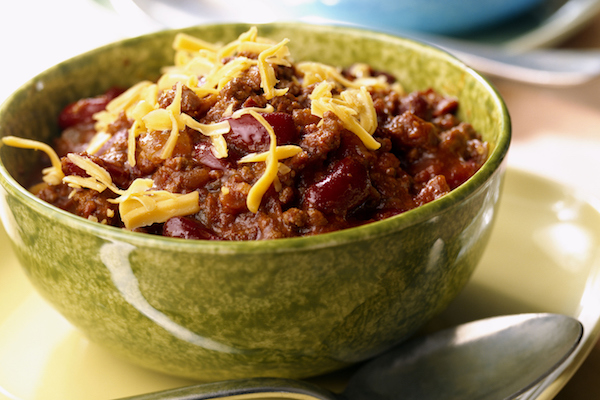
Silicon Dioxide (a.k.a. Sand)
While eating a picnic at the beach, we do everything possible to keep sand out of our food, but fast food chains add it on purpose. This food additive, called silicon dioxide, is used as an anti-caking agent in meat-based products such as chili (including that sold by chains like Wendy’s and Taco Bell). When not used in fast food, silicon dioxide can be found in cement, ceramics, glass and, of course, between your toes during a day at the beach.

Ammonium Sulfate
Typically used as a commercial fertilizer, ammonium sulfate is also found in fast food bread products such as hamburger buns, used as a “dough enhancer,” which feeds yeast that causes bread to rise and results in a more consistent bread.
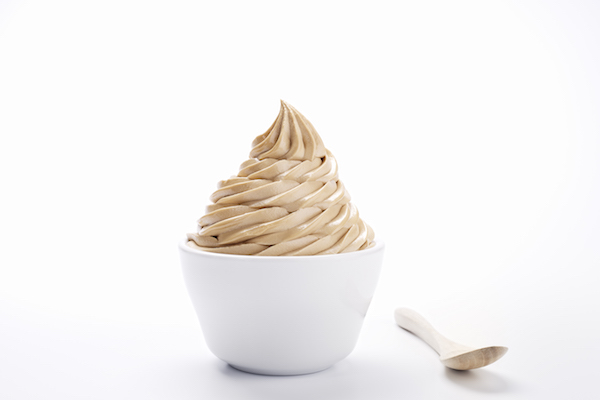
Cellulose (a.k.a. Wood Pulp)
Wood pulp — called cellulose in the list of fast food ingredients — is found in such products as McDonald’s Filet O Fish and Oreo McFlurry, Taco Bell’s Nacho Chips, Wendy’s Frosty and KFC’s Popcorn Chicken, used primarily to thicken and stabilize foods as a cheaper alternative to flour and oil. That’s right — in order to save a few bucks, they’re feeding you sawdust.

Mechanically Separated Meat
Also known as MSM, mechanically separated meat (or “pink slime”) is the source of most fast-food chicken nuggets, defined by the FDA as “a paste-like and batter-like poultry product produced by forcing bones, with attached edible tissue, through a sieve or similar device under high pressure to separate bone from the edible tissue.” Dyes are added to make it look less like pink goop and more like white chicken, along with ammonia to kill any bacteria.

TBHQ
What’s TBHQ? An easier-to-say nickname for tertiary butylhydroquinone, a petroleum-derived chemical (a form of butane) used to prevent fats and oils from oxidizing, which increases the shelf life of fast foods such as Chicken McNuggets and french fries (it’s also utilized in non-food products such as butane lighters, pesticides, lacquer and varnish). While the consensus seems to be that its usefulness as a preservative outweighs any potential health risks, the chemical may cause nausea, vomiting, deliriousness, and tinnitus, with children more susceptible to these symptoms than adults.
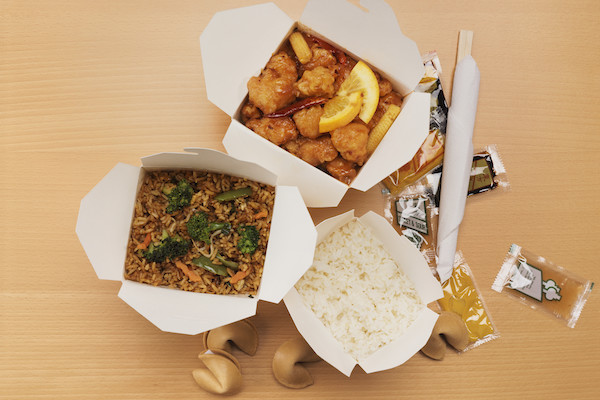
MSG
MSG (a.k.a. monosodium glutamate) is one of the most commonly used food additives in fast food, primarily due to its ability to enhance flavour, essentially making food taste better. While the U.S. Food and Drug Administration and the World Health Organization claim there’s nothing harmful about it, there’s much anecdotal evidence over the years of people with sensitivities to MSG, resulting in such symptoms as headaches, flushing, sweating, numbness, chest pain, nausea, heart palpitations and weakness.
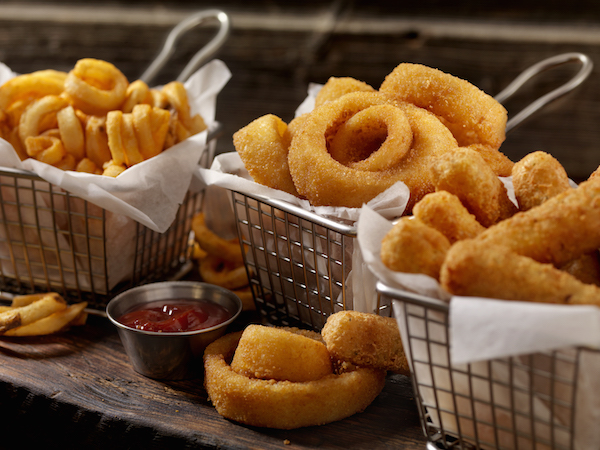
Dimetylpolysiloxane (a.k.a. Silly Putty)
“Would you like Silly Putty with that?” They may as well ask that the next time you go through the drive-through, since dimetylpolysiloxane (a type of silicon that’s used to make Silly Putty and breast implants) is also used in deep fryers to keep the oil from foaming, thus allowing the oil to last longer before it needs to be replaced. It’s also used as an emulsifier and caking agent.
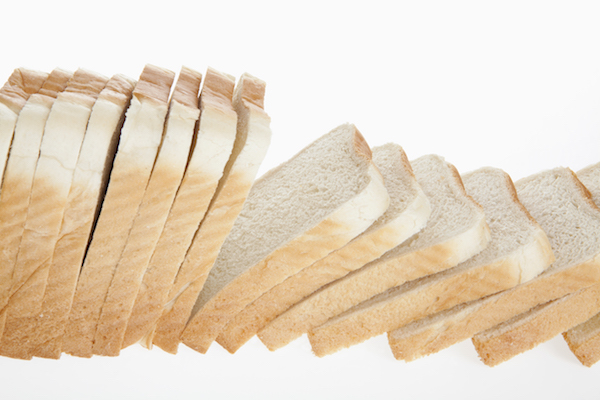
L-cysteine (a.k.a. Duck Feathers and Human Hair)
It used to be that if there was a hair in your food, you’d send it back. Not at a fast food joint — where an amino acid called l-cysteine is used to condition bread dough to make it more pliable. L-cysteine, by the way, is made from duck feathers and human hair and in fact, a few years back CNN reported that women in China were selling their hair to chemical processing plants making l-cysteine for the North American market. Bon appetit!

Azodicarbonamide (a.k.a. Rubber Yoga Mats)
This chemical — which is also used to make rubber yoga mats — can be found in a staggering 500 food products in the U.S., with Subway making headlines last year when it announced it was removing it from its sandwich bread. While there’s no evidence to suggest it’s harmful to ingest, do you really want to eat remnants of a rubber yoga mat?
Brent Furdyk is a freelance writer in Vancouver.
